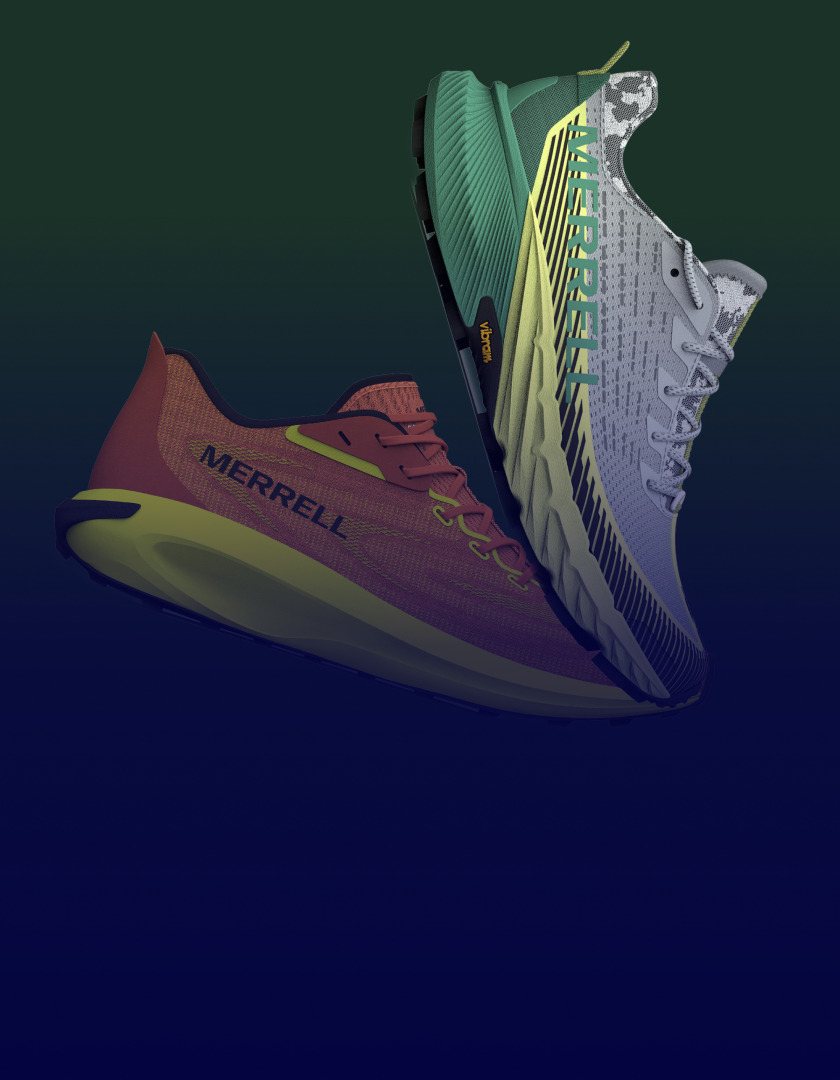Tariff Update: May 16, 2025
U.S. and China have agreed to a 90-day tariff truce, cutting duties sharply to ease trade tensions.
Big news on the tariff front, especially if (like us) you’ve been watching U.S.-China trade relations closely. This week the U.S. struck a deal with China to temporarily ease tariffs, and it’s already making waves. For the next 90 days (which started May 14, 2025), the two countries agreed to scale back their sky-high tariffs, dropping from as much as 145% down to a much more manageable 30%. It’s being called a “cooling off” period after months of escalating trade tension. Whether it’s a true thaw or just a pause remains to be seen, but for now, it’s a welcome break for importers and consumers alike.

The Latest U.S. Tariff Updates Summarized
One of the biggest pain points recently has been around the “de minimis” rule, which is the loophole that let small-value packages (under $800) come into the U.S. duty-free. That changed earlier this year when the U.S. slapped a 120% tariff on those low-cost imports from China. Retailers like Shein and Temu felt the burn fast and we saw Shein take price increases to offset higher costs, while Temu temporarily paused shipments to the U.S. and shifted towards U.S.-located product. (As of the writing of this on May 16, they’re back shipping to consumers from China to the U.S.) Now, in this new deal, there’s some relief: the tariff rate for these smaller items has been dialed back to 54%, with an option for carriers to just pay a flat $100 per parcel. It’s not quite back to the good old days, but it’s a big step in the right direction for fast fashion and bargain shoppers alike.
Beyond China, there’s a ripple effect hitting global supply chains, and companies aren’t taking any chances. Shein, for example, is setting up a giant warehouse in Vietnam to diversify its logistics and hedge against future tariff shocks. And big U.S. retailers like Walmart are already warning that shifting trade policies could mean higher prices down the line on everything from tech to groceries. Big or small, many businesses are quickly moving to get product onshore now, before the climate changes yet again.
So while this tariff break is indeed a welcome breather, most businesses are still bracing for what’s next and continuing to operate amidst a looming cloud of uncertainty.
Taking advantage of this pause, let’s dive into the latest CMI tools designed to help you track shifts in the competitive market and fine-tune your strategic response.
New Features To Analyze Tariff Related Price Hikes
To enhance your ability to track pricing changes due to tariffs, we have just released an important new feature: Like-for-Like (LFL) Price Change %. What does this metric tell us? This metric tracks changes in the original prices of LFL products that remained available throughout your selected time frame. Essentially, this filters out the impact of new or sold out products, isolating true price changes for consistent, like-for-like items. Let’s take a look at an example.

Example of Historic Timeline LFL Original Price Change % Metric
In this example focusing on women’s t-shirts, we can see that Massimo Dutti raised prices on like-for-like products by 5% on April 6. This marks the most recent LFL price increase, following two earlier hikes earlier this year.
But LFL Price Increase isn’t the only new tool we’ve rolled out to help you track pricing shifts. We’ve also introduced a new “Split By” product feature, which allows you to zoom in on individual products and view the metrics tied specifically to them. This gives you a clearer view of what’s happening on the ground, like pinpointing price hikes at the single-item level, or tracking metrics such as discounts and sell-through.

Using Product “Split By” In Historic Timeline To Track Price Increases
For instance, with this feature, you can see that Bottega Veneta raised the price of its Small Jodie bag to $4,800 on April 29. Similar price-level increases show up across other key products too, including Burberry’s Kensington Trench and Louis Vuitton’s Neverfull Tote. (In fact, most of the recent price increases we’ve seen have come from luxury brands’ annual price adjustments.)
You’ll find this metric available in any chart that supports the “Split By” function, though we recommend using it in Product Set mode for the most targeted analysis.
These new capabilities, along with the step-by-step guide we published previously, are designed to help your teams stay sharp and responsive, especially during this current period of rapid and unpredictable market shifts.
Missed our previous tariff updates? Find them all here!
About Centric Software
Centric Software® (centricsoftware.com)
From its headquarters in Silicon Valley, Centric Software provides an innovative and AI-enabled product concept-to-commercialization platform for retailers, brands and manufacturers of all sizes. As experts in fashion, luxury, footwear, outdoor, home, food & beverage, cosmetics & personal care as well as multi-category retail, Centric Software delivers best-of-breed solutions to plan, design, develop, source, comply, buy, make, price, allocate, market, sell and replenish products.
- Centric PLM™, the leading PLM solution for fashion, outdoor, footwear and private label, optimizes product execution from ideation to development, sourcing and manufacture, realizing up to 50% improvement in productivity and a 60% decrease in time to market.
- Centric Planning™ is an innovative, cloud-native, AI solution delivering end-to-end planning capabilities to maximize retail and wholesale business performance, including SKU optimization, resulting in an up to 110% increase in margins.
- Centric Pricing & Inventory™ leverages AI to drive margins and boost revenues by up to 18% via price and inventory optimization from pre-season to in-season to season completion.
- Centric Market Intelligence™ is an AI-driven platform delivering insights into consumer trends, competitor offers and pricing to boost competitivity and get closer to the consumer, with an up to 12% increase in average initial price point.
- Centric Visual Boards™ pivot actionable data in a visual-first orientation to ensure robust, consumer-right assortments and product offers, dramatically decreasing assortment development cycle time.
- Centric PXM™, AI-powered product experience management (PXM) encompasses PIM, DAM, content syndication and digital shelf analytics (DSA) to optimize the product commercialization lifecycle resulting in a transformed brand experience. Increase sales channels, boost sell through and drive margins.
Centric Software’s market-driven solutions have the highest user adoption rate, customer satisfaction rate and fastest time to value in the industry. Centric Software has received multiple industry awards and recognition, appearing regularly in world-leading analyst reports and research.
Centric Software is a subsidiary of Dassault Systèmes (Euronext Paris: #13065, DSY.PA), the world leader in 3D design software, 3D digital mock-up and PLM solutions.
Centric Software is a registered trademark of Centric Software, Inc. in the US and other countries. Centric PLM, Centric Planning, Centric Pricing & Inventory, Centric Market Intelligence, Centric Visual Boards and Centric PXM are trademarks of Centric Software, Inc. All third-party trademarks are trademarks of their respective owners.
Explore Centric’s AI market-driven solutions
Optimize each step of bringing a product to market, whether at the pre-season, in-season or end-of-season cycle. Streamline processes, reduce costs, maximize profitability and drive sustainability.

 Centric Pricing & Inventory
Centric Pricing & Inventory
 Centric Market Intelligence
Centric Market Intelligence
 Centric PXM
Centric PXM








